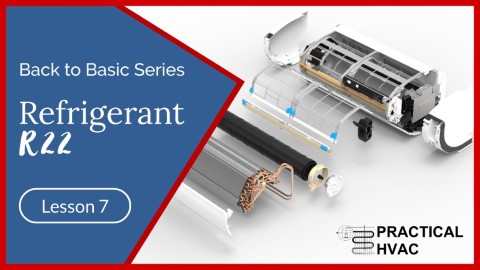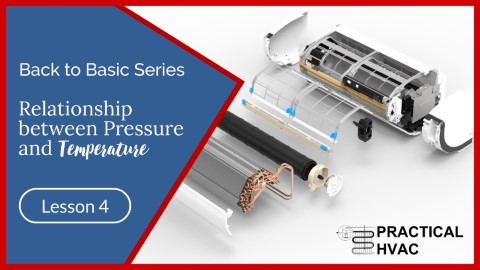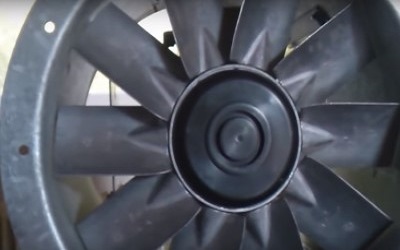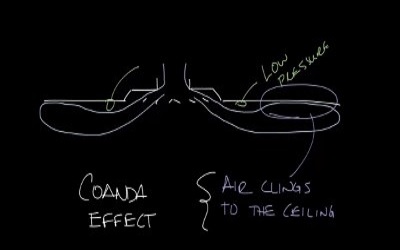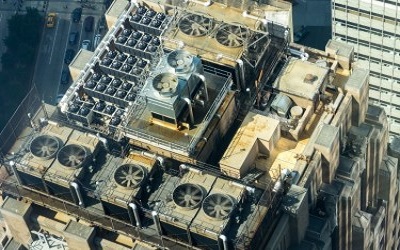Split System Air Conditioners Installation and Designs
Split System Air Conditioners Installation and Designs
The split system air conditioner has two parts: the indoor and outdoor units. These two units are connected by two lines of refrigeration pipework and by electrical connections.
As with the window unit, the split system removes heat from the air-conditioned room through refrigeration and air circuits.
The split system is the commonest type of air conditioning used today in residential installations. Let’s learn about its operation, technology, installation, commissioning, maintenance and simple repairs.

Before looking at its operation, let’s become better acquainted with its various constituent parts.
The support
The air conditioner fixing plate fixes the indoor unit to the wall. People refer to these as wall-mounted or hi-wall air conditioning units.
The filter
It filters the air before it passes over the evaporator.
The evaporator
It is the thermal exchanger where room air cooling occurs.
The fan
The evaporator fan (often of a tangential design) draws air from the room across the evaporator and then blows it out through diffusion vents.
The vents
These may or may not be motorised, but they are always adjustable to allow a choice of direction of the flow of cold air.
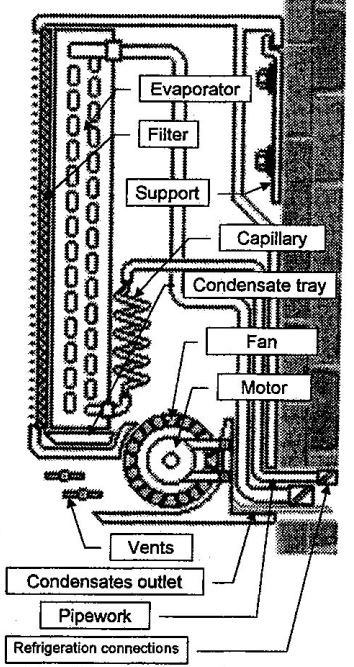
Refrigeration connections
These connections allow the connection between the internal and external units. There are two types of connection-quick connections and flare connections.
Pipework
It allows the flow of refrigerant between the two units. It is refrigeration-grade copper pipes. Warning: sanitary grade copper piping is unsuitable for refrigeration applications!
The expansion device (capillary)
In comfort air conditioning, expansion devices are usually capillary tubes. On specific equipment, the capillary is in the external unit.
Condensates
As it passes over the evaporator, ambient air is cooled, and a part of the water vapour in this air condenses. This tray below the evaporator collects condensate water and drains to the room’s exterior by a drain outlet pipe.
Now let’s examine the outdoor unit.
Grille
Its function is to protect the fins of the condenser from damage.
The condenser
It is the thermal exchanger where condensation of refrigerant takes place.
The Fan
This axial fan draws external air across the condenser and discharges it to the exterior through the protective grille.
Refrigeration connections
Those are special connections designed to allow copper pipe connections with the internal unit.

Pipework
These copper pipes allow refrigerant flow; they must be refrigerant-grade copper pipes.
The Compressor
The compressor shown is of the hermetic type. That is, We cannot open it for repair. There are also hermetic rotary and screw-type compressors in use.
The Filter-Drier
Its role is to filter the refrigerant to prevent possible impurities from blocking the very narrow orifice of the capillary. The purpose of the filter-drier is to remove water from the refrigerant, as water is the mortal enemy of the refrigeration engineer: refrigerant + water = strong acids = death of the compressor!
Electrical box
The electrical box connects a power supply to the unit and allows electrical connections between the internal and external units.
Now all that we need to do is join the two units together!
To connect the units, we will need to use the following
- Refrigeration-grade copper tubing connected between the refrigeration connections of the internal and external units.
- A control cable enables electrical signals from one unit to the other.
- A condensate outlet pipe removes condensate water from the indoor unit.
Warning: We must always recognise the phenomenon of condensates at the evaporator. Since the quantities of water that condense can reach several dozen litres, it is always essential to make arrangements for its removal. If you don’t, you can be sure that condensates will cause trouble!

REMARKS
- Depending on the design and capacity of the equipment, the electrical supply may be made to the internal unit or the external unit, as single phase 220/240V or three phases 380V/ 400V.
- It will be necessary to thermally insulate at least one of the two connecting refrigerant lines, and sometimes both, according to the type of system.
- Whatever the type of air conditioner installed, the two units must always be suitably mounted to minimise any vibration. Annoying acoustic effects should never compromise the comfort provided in the form of pleasant ambient temperatures.
- Comfort also has an aesthetic aspect. The choice of an internal unit’s location should always complement the room. It should also allow good circulation.
- Easy condensate removal and the shortest possible refrigerant pipe runs. We must accomplish all these within the manufacturer’s recommended limits. To do all this can be challenging.
- The choice of an external unit’s location should similarly never disfigure the building facade, whilst it should meet all building regulations. However, take care because some buildings may be heritage listed, and it may be forbidden to install anything on their exterior.
The refrigeration circuit between the split system air conditioners is always identical to window units. The most significant difference is the evaporator fan, equipped with an independent motor.
The diagram opposite where the ambient air in a room passes over the evaporator and emerges cooler whilst the outside air passes over the condenser to emerge warmer.
As with all refrigeration systems, it removes heat from the air-conditioned room by the system and then discharges it to the exterior.

The diagram shows a split system circuit with various pressures and physical states of its refrigerant.
Understanding that all compression refrigeration systems use precisely the same operating principles is essential.
On each circuit, the refrigerant passes through the same components, in the same physical state, and with the same properties. As a result, the air conditioners do not consume refrigerant.
For these reasons, we must protect the system from anything that could cause it to deteriorate, e.g. air, water, inappropriate oils etc.

In contrast to window air conditioning systems (which consist of a single unit), split system units cannot be completed or tested in the factory. Instead, the installation engineer himself must complete the connection of the refrigerant pipework connecting the two units.
The installation of a split system unit demands stringent care if we wish to avoid premature deterioration of the refrigeration circuit.
Back to Basic!
Related
Read more: Fan wall
Read more: How to verify the percentage of outside air in an enclosure
Read more: BCA Part J5 Air-conditioning system control
Read more: Microbial Induced Corrosion (MIC) in Pipes
Read more: Is your kitchen exhaust system a fire hazard
Read more: What is coanda effect













